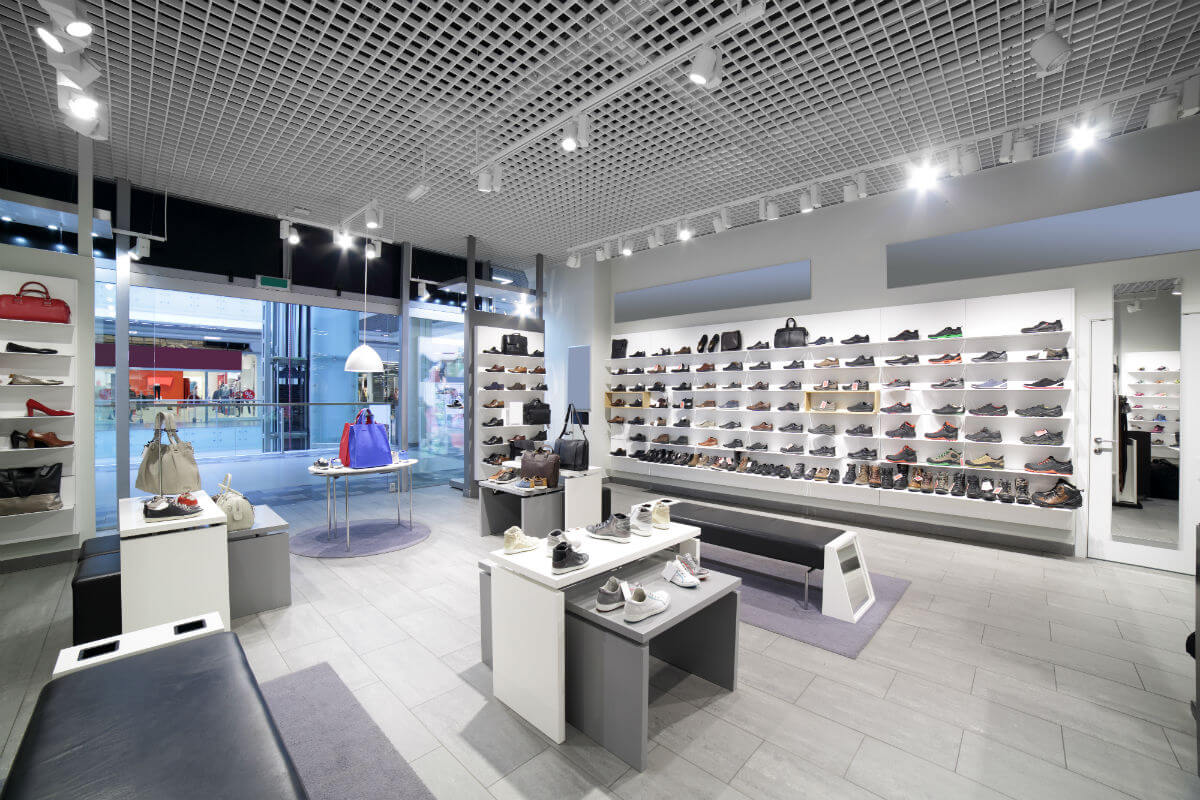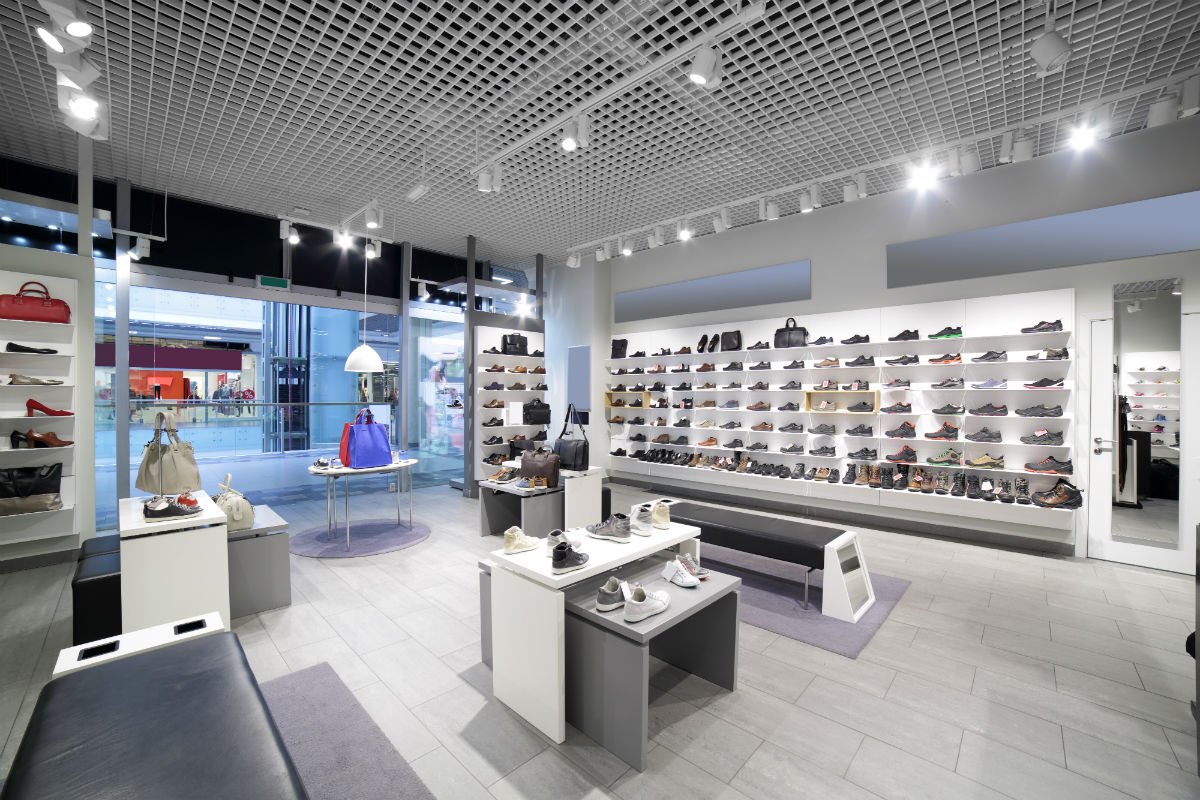A huge amount of research goes into opening a new retail location. Optimizing store segmentation goes beyond finding the right location–it’s about personalization for stores
Online storefronts might get all the buzz, but traditional retail stores show no signs of closing shop in favor of their Internet-based rivals. Still, brick-and-mortar stores are incredibly sensitive to location.
For example, suppose you want to launch a new store in a certain geographic region. Here is a partial list of what you’d need to know:
- Will there be a demand for the type of goods I am selling in this region‘ What about in this city, or this neighborhood?
- How do the demographics match up with our current customer demographics?
- What kind of access will there be for a specific site’ How much will road traffic impact our performance?
- How visible will this store be?
- What other retailers will be in this area’ How will their presence help or hurt this store?
And so on. But when you nail the location aspect of a new store, you take a huge step in the direction of creating a profitable, long-term investment. But location is only the first step in store segmentation.
Segmentation Is Personalization for Stores
Segmentation for retail stores involves more than choosing the right location, although that does play a big part. The entire store should be designed to maximize physical characteristics (region, climate, store size, foot traffic levels, etc.), local demographics (age, income, interests, behaviors) and merchandise (services or products offered, purchase types, price points, etc).
Obviously, the above factors would change even in locations that are geographically close. And it does entail more work than a one-store-fits-all mentality. But the payoffs for this approach are impressive.
Why Embrace Store Segmentation?
At the location level, segmenting a store allows retailers to plan their merchandising, their assortment of products, and their marketing efforts for greater efficiency and effectiveness. Customers get an experience more suited to their lifestyles, so they are likely to become repeat clients.
However, a properly segmented store can also serve as a benchmark. It can give directors insight into why other locations (especially those with similar geographic, historical, or customer profiles) are underperforming. The other locations can be adjusted to match the higher-performing store.
Of course, all this is dependent on being able to understand and process a large amount of data. This is where analytics comes in.
Pairing Data Analytics with Store Segmentation
Much as it does in other areas, data analytics can be used to clear away the noise and highlight information relevant to the retailer’s goals. It also processes vast amounts of data so that decision makers can focus on the key facts.
Data analytics offers several tools and techniques to facilitate store location decisions, including site analysis, geo-demographic analysis, and site profitability analysis. Typical data inputs might include several years of legacy transactional data, store demographics and census data. Clustering exercises can be used to show which regional locations have the most potential. Additional analytic techniques, such as data harmonization, model data preparation, and model selection and validation, would serve to refine the insights and their presentation.
‘Location, location, location’ has long been the battle cry of the realtor, and it can serve the retailer equally well. But going beyond the bare bones of location to segmentation optimizing the entire store for its location, region, and customers can produce impressive results when paired with precise insight from data analytics.































